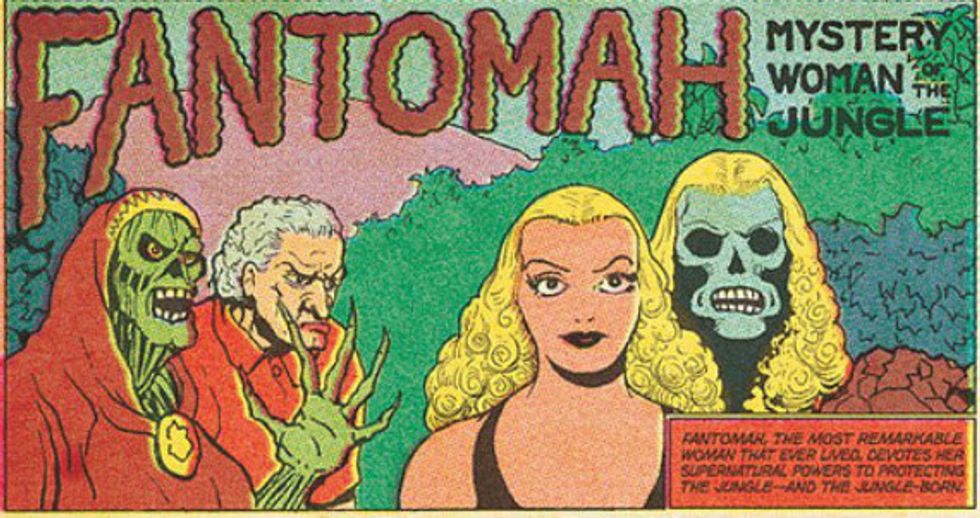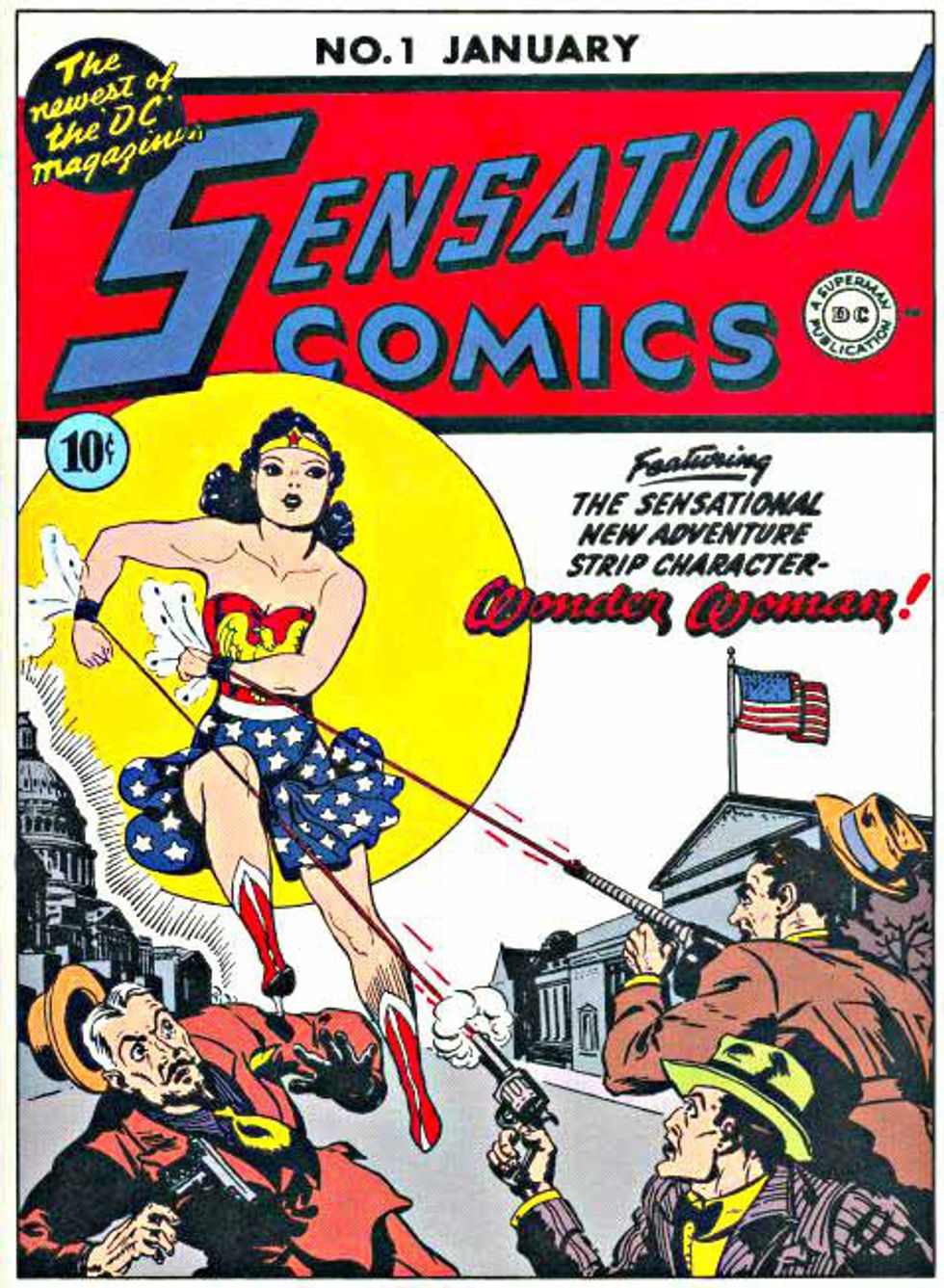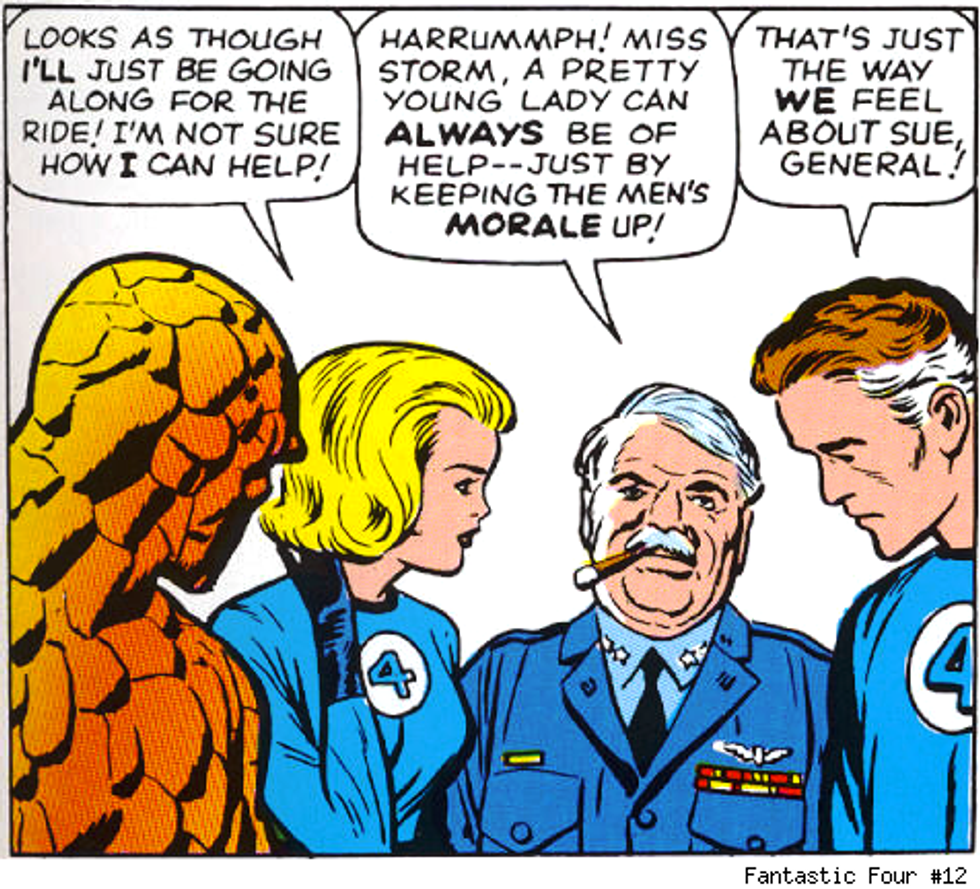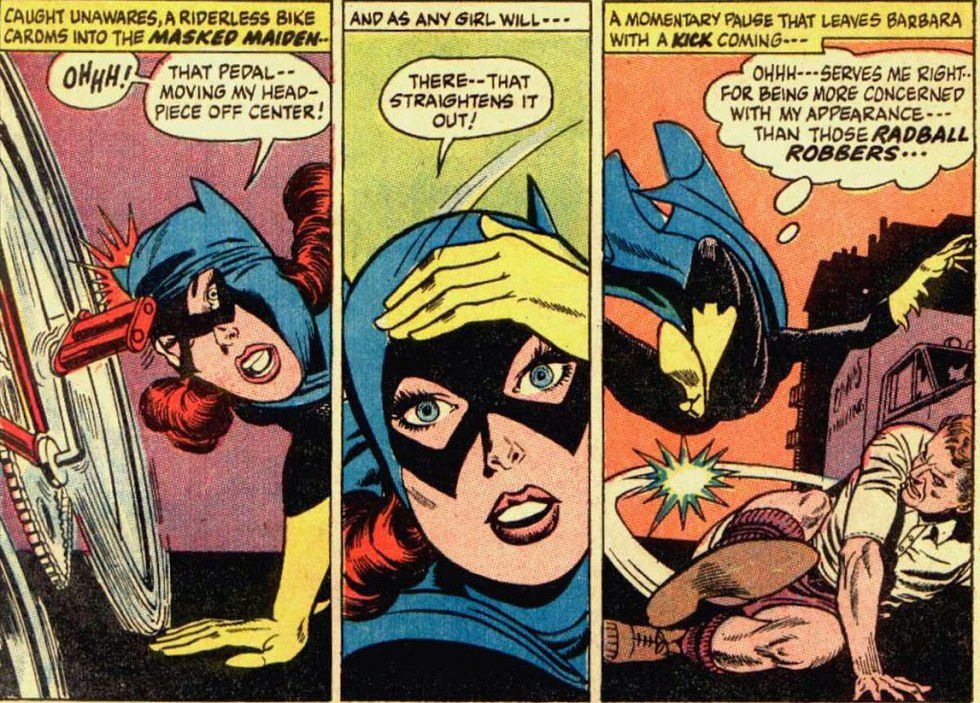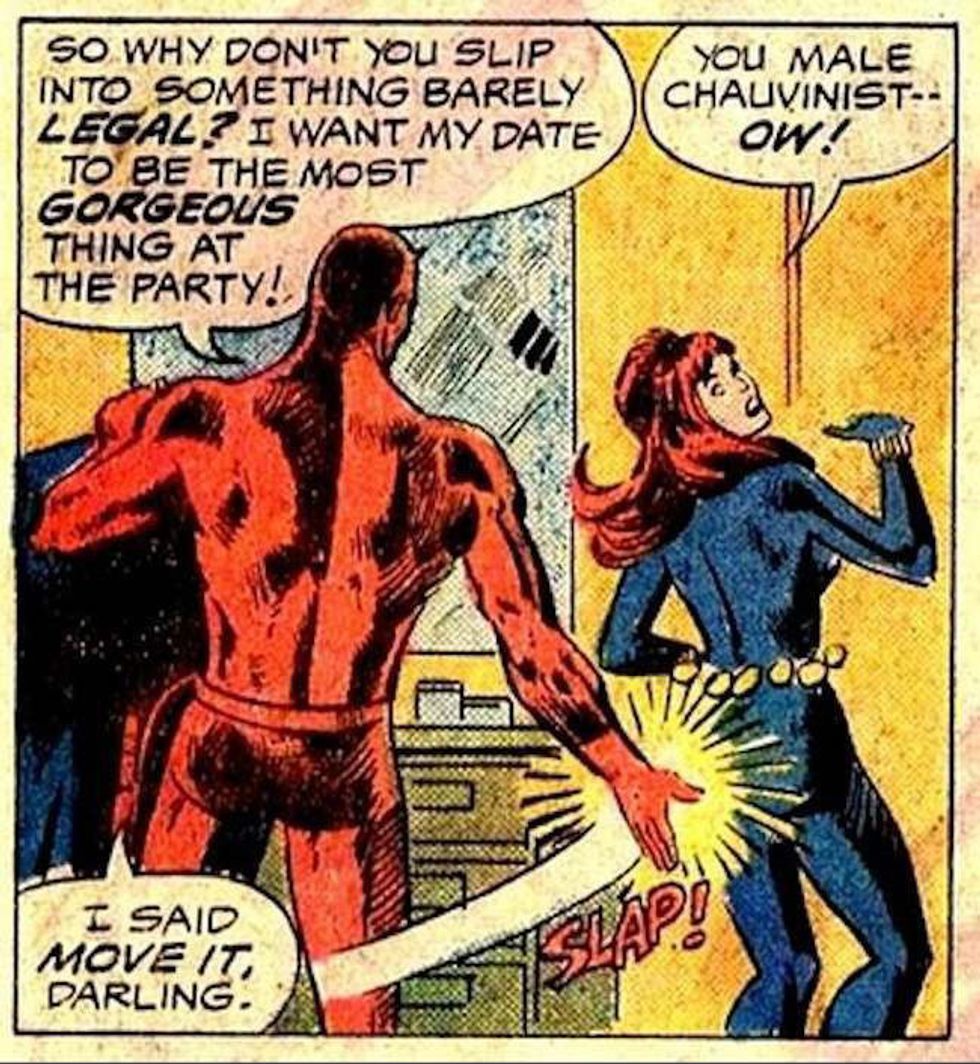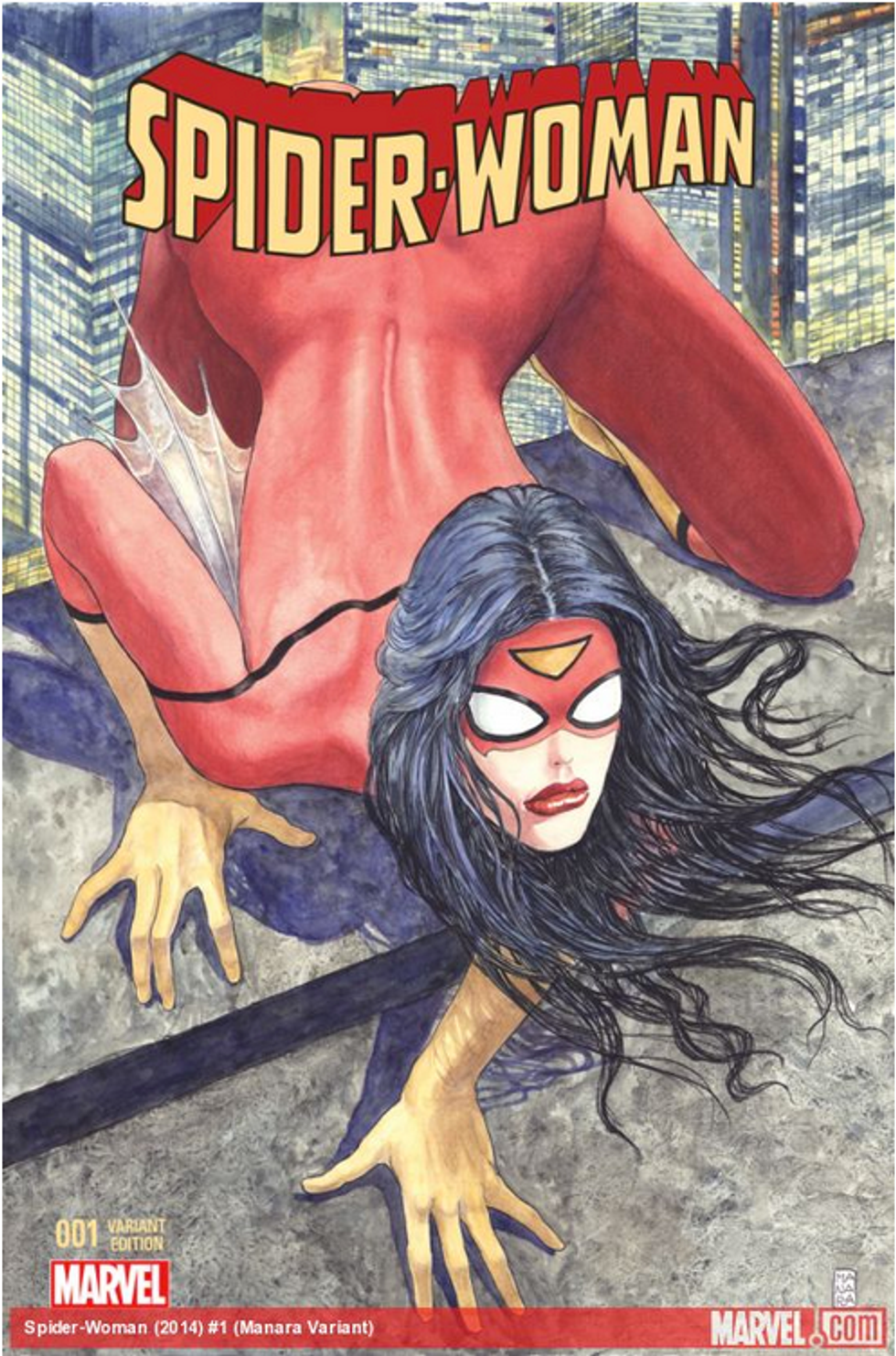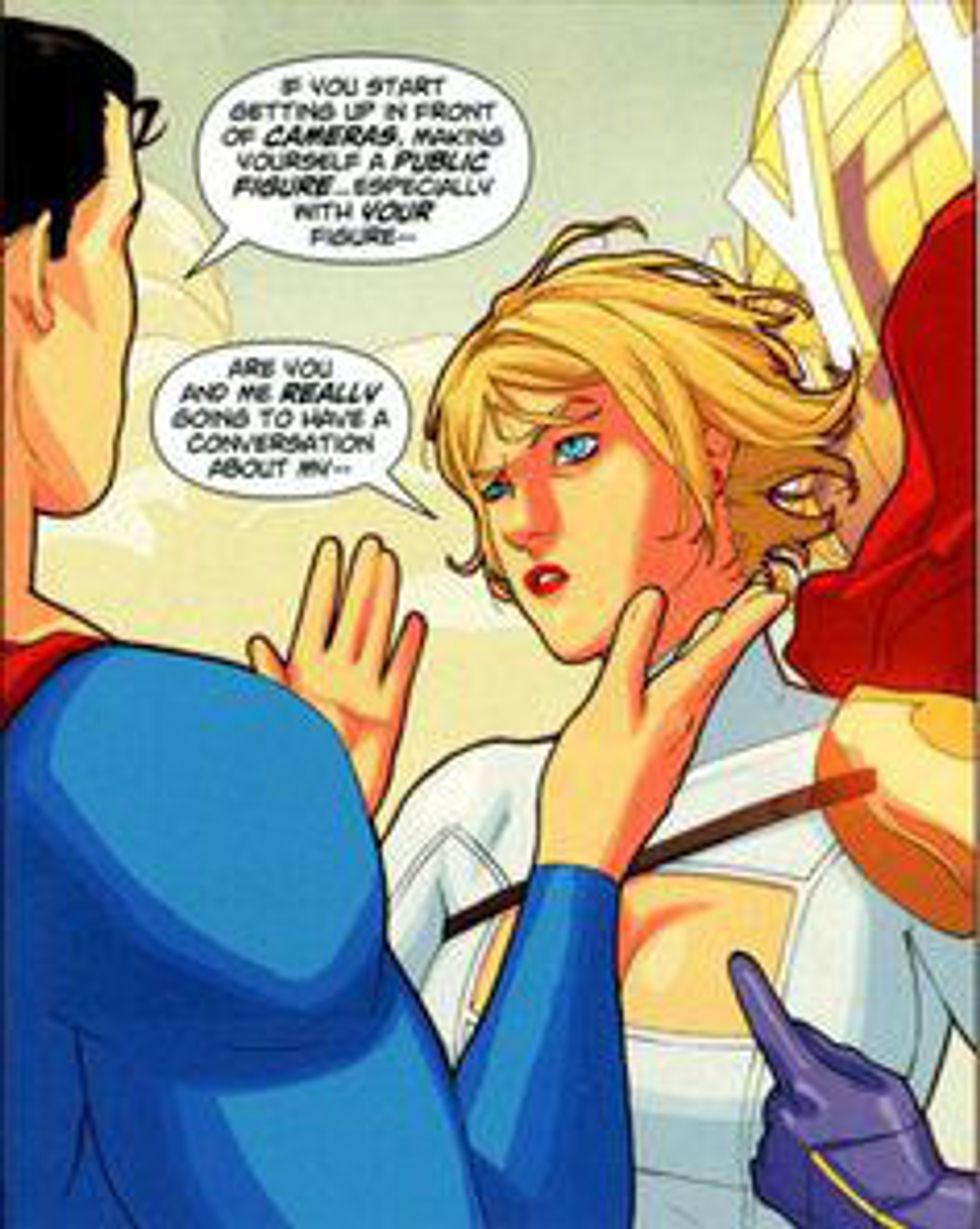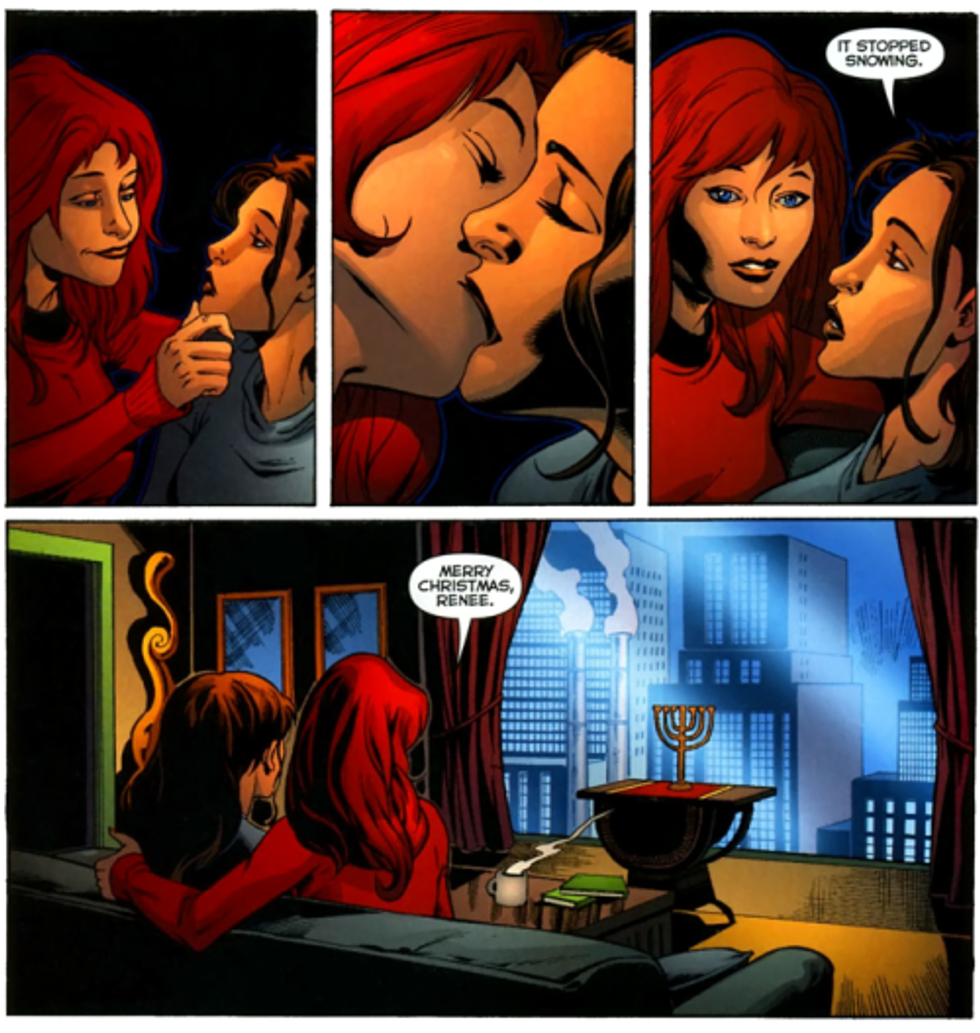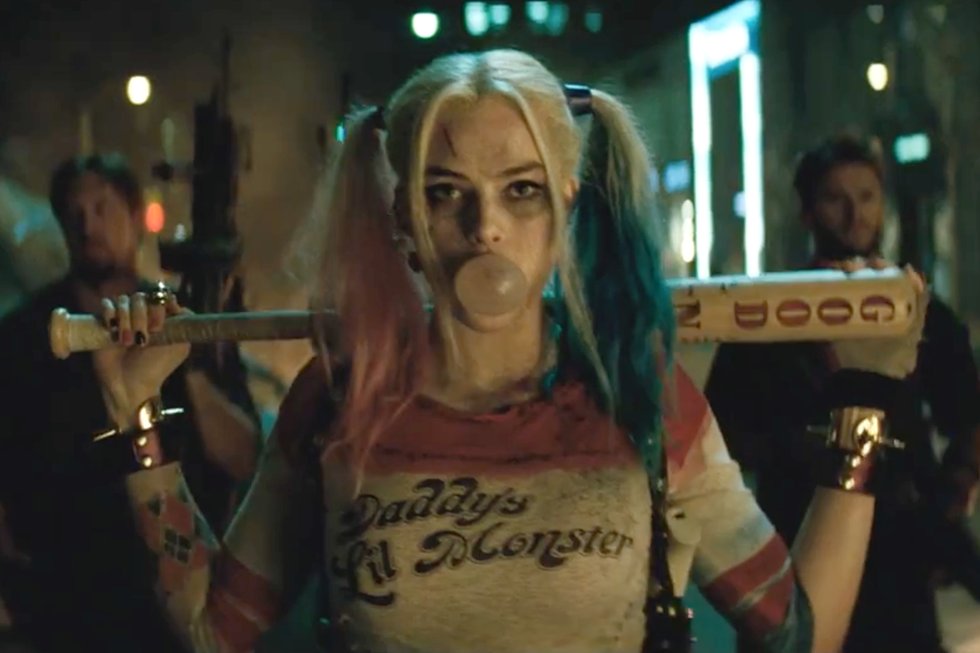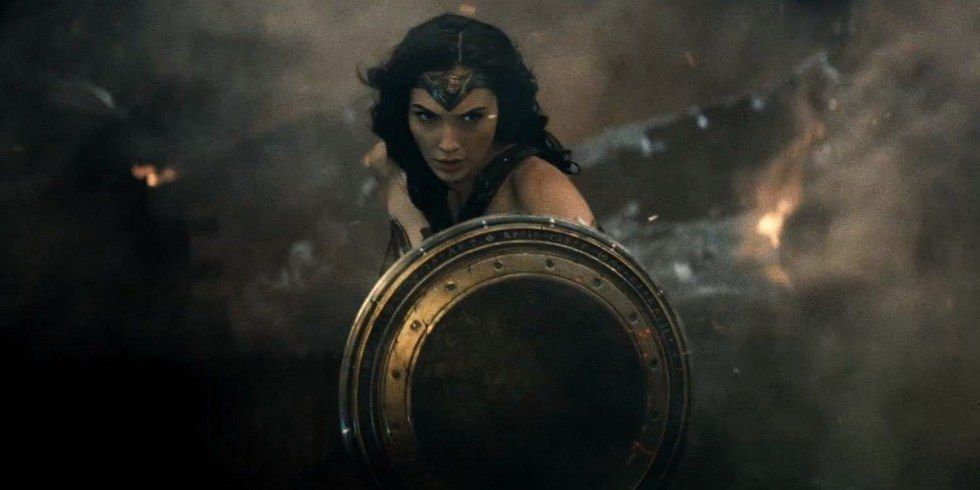Despite the ever expanding audience of comic books, it is very fair to say that comics and films inspired them, still hold on to a level of gendered bias. In his article, Walt Hickey explains comics, "are still by men, for men, and about men," and there is no doubt this claim was true during the Golden Age of Comics, but with the emergence of characters such as Wonder Women, and studies suggesting 46% of comic readers are women, it is hard to back up a male dominated medium. Or is it? Today, we look to the topic of Women, Sexism, and Sexuality in American Comics, and how it has changed over time. Our investigation starts with the transition from comic strips to the comic book form we are familiar with today.
During the comic strip era, women had no superhero/crime-fighting roles. They were love interests, career women, or simply, just average teenagers. They were largely secondary characters only. This trend continued largely into the early years of the comic book golden age. Think books like Archie, where Betty and Veronica were largely used as a love-triangle plot device. Characters like Lois Lane, though they grow into fan favorite characters and have a noticeable role in many future books, start out as the love interest for 'manly' characters, such as Superman. Then, a shift occurs. Women became portrayed as justice bringers for the first time in characters like 1938's Sheena, and 1940's Camilla and Fantomah, the first to have super abilities. Sadly, these characters go largely unnoticed in the grand scheme of comics history, but they ultimately lead the way to what a superheroine can be. They break the norm that women are only love interest secondary characters, and without that we would not have characters like Wonder Women.
First appearing in 1941's All Star Comics #8, Wonder Women as since remained stable of DC comics, and is among the most well-known and recognizable heroes of all time. Debuting as an Amazon Princess, fighting the likes of the Nazi, much like Superman, Wonder Women was portrayed as a strong and independent women, capable of hand to hand combat, and was armed with the famous Lasso of Truth and indestructible bracelets. Her Lasso made its captive tell the truth and obey Wonder Women, sending symbols of dominance and control. Unlike the likes Superman, and later Batman, Wonder Women found herself escaping captivity herself, challenging the cliché of 'damsel in distress.' As time passes, women characters fall into more of a partner and sidekick role to men characters. Hawkgirl, Sun Girl, and eventually Bat-Girl become almost inferior to their male counterparts.
Sexism and stereotyping women became a norm. As the 1960's continues, women characters, though they fight crime, and often have powers just like male characters, become victims of the cult of domesticity. To explain the scope of this stereotyping, it easier to show major examples, such as Batgirl being addicted to her looks, making her almost an ineffective fighter:
Daredevil objectifying Black Widow, and committing some sexual harassment:
This somewhat 'censored,' yet suggestive cover of Spider-Women #1 by Milo Manara:
And not to mention Powergirl being criticized for her figure, and told on several occasions to 'cover herself,' almost body shaming her:
These examples are just the tip of the iceberg in terms of sexism. As you can tell, these examples range from older issues to more recent and contemporary works as well, suggesting that this issue is still an issue. Along with this trend of sexism, comics also experience a tolerance to sexual expression, and this even leads to a new form of erotic comics.
Though Northstar, debuting in X-men #120 in 1979, was the first openly gay superhero in American Comics, the expansion, and acceptance of the LGBTQIA community has not been limited to men, as man women characters have become open about their sexuality. Characters like Kate Kane, Batwoman, as openly lesbian, are leading this new wave of free sexual expression in our modern context. Characters like Catwoman and Mystique have been suspected of bi-sexuality, shown kissing other women. These examples show the ability of women to live as they please because of who they are, rather than become sexualized objects, and forced into a construct of what 'womanhood' is. These characters show they do not need to live one way of life over another, to be respectable heroes. Along with this free expression of sexuality, sex scenes have become more commonplace as audiences become less prudish and critical of it.
However, this new empowerment and free expression as meet some controversy. Most recently, Suicide Squad and Margot Robbie's Harley Quinn, have been the victim of criticism. Despite the arguments for and against the over-sexualization of comic characters, one thing is for sure, it's here. Starfire, Powergirl, Catwoman, Harley Quinn, Blackcat, Emma Frost, and so many other females characters have been called 'too sexy' and are often deemed inappropriate for the medium. Perhaps, some form of self-respect, power, or confidence comes through their looks. It might be a subjective argument and might be artificial, but who knows. Perhaps sexuality and sexual expression provide something more meaningful than surface looks for characters and readers.
So there we have it. Another interesting chapter in American Comics examined. Again, this is not an exhausted, in-depth look at the topic of women, sexuality, and sexism, rather, a quick highlight of the subject and its overall significance. Never the less, it is clear to see there has been an evolution of the role of women in comics. From simple secondary love interest to crime fighter heroines, who express themselves on their own terms, women characters are extremely vital to the pantheon of the American Comic Book Industry.
Read the first part, Between The Panels: Analyzing Race And Racism In American Comic Books.




